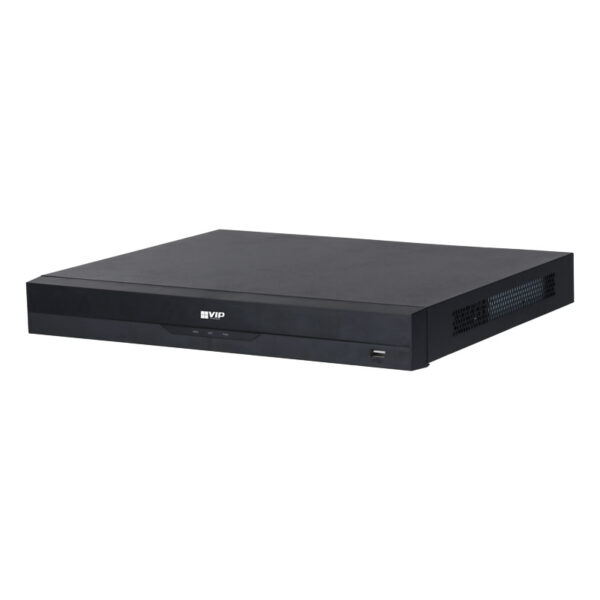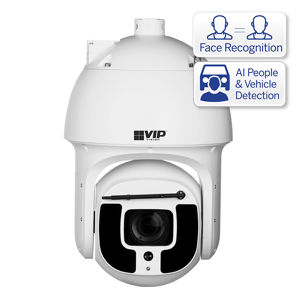125 years of photographic services: The evolution of the photographic studio

After the introduction of photography into the QPS in 1892, no provision had been made for a properly designed and built darkroom, studio or office under the one roof.
Though hard to imagine now, first police photographer Sergeant John Raphael Thompson was forced to to operate in a ‘temporary’ dark room from a blackened out storeroom, making the developing process time consuming and exacting.
In the makeshift conditions Thompson would mix his own emulsions for spreading on glass plates to record images.
This all changed on November 17, 1905 when the Department of Works designed and approved a police darkroom and studio.
The new studio was built by police carpenters at a cost of £17-0-0. The studio was built at the back of the old CIB headquarters in Queens Park, behind the mounted police’s horse stables.

The former CIB Station located in Queen’s Park
The then modern accommodation was used for close to 40 years, providing the police photographic support services with the necessary facilities of the times to effectively support CIB officers in investigations, ID photos and copies of wanted and missing persons photos.
In 1942 the Photographic section moved to Morcom House across from Queens Park where is remained until the 1960s.

Police photographers in 1953
During this period the photographic section experienced significant progressive changes that enabled a more efficient and mobile service in the section.
The section faced a huge setback in 1954 when a a major fire caused severe destruction and damage to most of the furniture, operational photographic equipment, photographs and negatives on record at the Photographic Section.

A police photographer at work in 1967
Despite this the section progressively recovered before relocating to the then new Police Headquarters located on the corner of Quay Street in 1962 with five staff.
The new photographic section included a colour laboratory for processing and printing colour negative film and the first colour enlarger which allowed for colour photographs of injuries and crime scenes to be taken for the first time, a first for any police service in Australia.

The old Police HQ on Makertston Street
On March 10, 1990 the photographic section moved to its current location on the fourth floor of Police Headquarters on Roma Street.
Since then the photographic section has witnessed monumental changes in technology and the size of its operations and workforce.
It was not until the turn of the 21st century when the QPS made moves toward the now proven technology of digital imaging.
The current database, known as the Forensic Register came online in 1998 and by the end of 2008, the changeover from crime scene film capture to digital capture, was complete, albeit with a small amount of non-forensic film still being processed for a number of years afterwards.
The Photographic Section continued processing speed camera film until April 2016 when TCO changed to full digital capture.
Hard copy production remains in-house and today is managed and operated by civilian staff and laboratory technicians who are specialists in film processing, print production and digital imaging.
Today the size of the unit stands at close to thirty staff and the studios have advanced a long way from 1905.
In 2017 the section reopened after undergoing extensive renovations and is now home to state of the art facilities making it one of the most technologically advanced policing sections in Australia.

To celebrate the 125th anniversary of the photographic section, QPS Media in conjunction with the Photographic Section is producing this blog series to celebrate the achievements and evolution of the section.
Source: Brisbane Crime Alert












